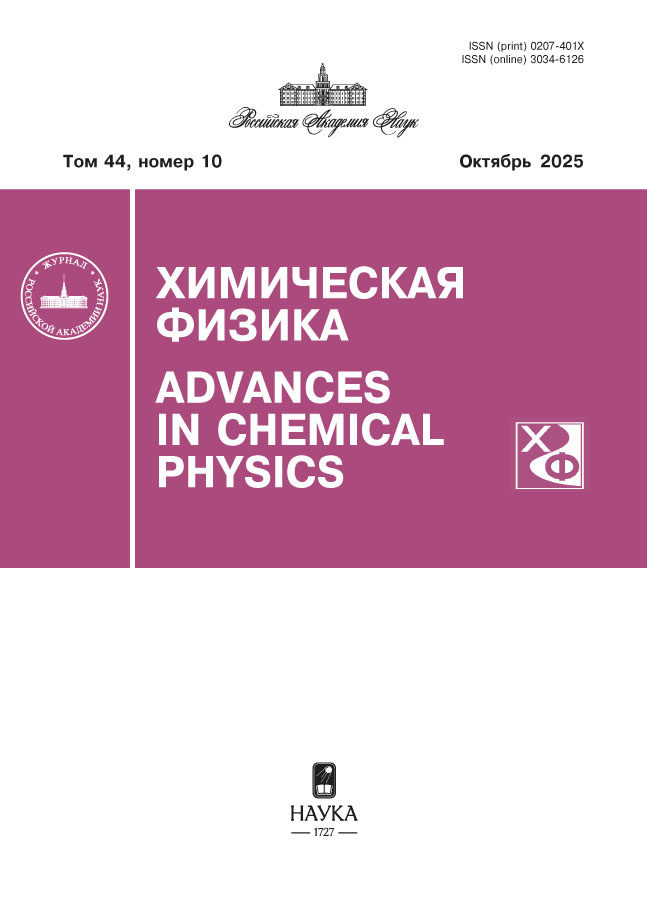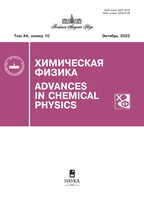Himičeskaâ fizika
ISSN(Print): 0207-401X
Media registration certificate: No. 0110275 dated 02/09/1993
Founder: Russian Academy of Sciences, Federal Research Center for Chemical Physics named after. N.N. Semenov RAS
Editor-in-Chief: Buchachenko Anatoly Leonidovich
Number of issues per year: 12
Indexation: RISC, list of Higher Attestation Commissions, CrossRef, White List (level 2)
The journal publishes articles on the following topics:
- elementary physical and chemical processes
- structure of chemical compounds, spectroscopy, quantum chemistry
- reactivity, influence of external fields and environment on chemical transformation
- molecular dynamics and molecular organization
- dynamics and kinetics of photo- and radiation-induced processes
- mechanism of chemical reactions in the gas and condensed phases and at interphase boundaries
- chain and thermal processes of ignition, combustion and detonation in gases, in two-phase and condensed systems
- shock waves
- physical methods for the study of chemical reactions
- biological processes in chemical physics
The journal is designed for researchers, graduate students and students specializing in the study of the kinetics and mechanism of chemical reactions, energy transfer processes, the structure of matter, catalysis, combustion and detonation processes, transformations in shock waves
The journal is designed for researchers, graduate students and students specializing in the study of the kinetics and mechanism of chemical reactions, energy transfer processes, the structure of matter, catalysis, combustion and detonation processes, transformations in shock waves.
最新一期
卷 44, 编号 10 (2025)
Kinetics and mechanism of chemical reactions, catalysis
Effect of demineralization on brown coal pyrolysis under laser pulses influence
摘要
 3-15
3-15


Combustion, explosion and shock waves
Equation of State for Calculating RDX Temperature
摘要
 16-23
16-23


Registration methods of radiation characteristics of shock-heated gases
摘要
 24-33
24-33


Combustion characteristics of fuel compositions based on oil and coal sludge
摘要
 34-45
34-45


Detonation characteristics of finely dispersed ammonium perchlorate
摘要
 46-58
46-58


Динамика фазовых переходов
Modified Ornstein-Zernike Critical State Theory
摘要
 59-69
59-69


Химическая физика атмосферных явлений
Ion accumulation by spherical clouds of microparticles in the ionized atmosphere
摘要
 70-80
70-80


The formation of aerosol haze in the atmosphere
摘要
 81-92
81-92


Solid products of n2o5 uptake on a methane flame soot
摘要
 93-102
93-102












